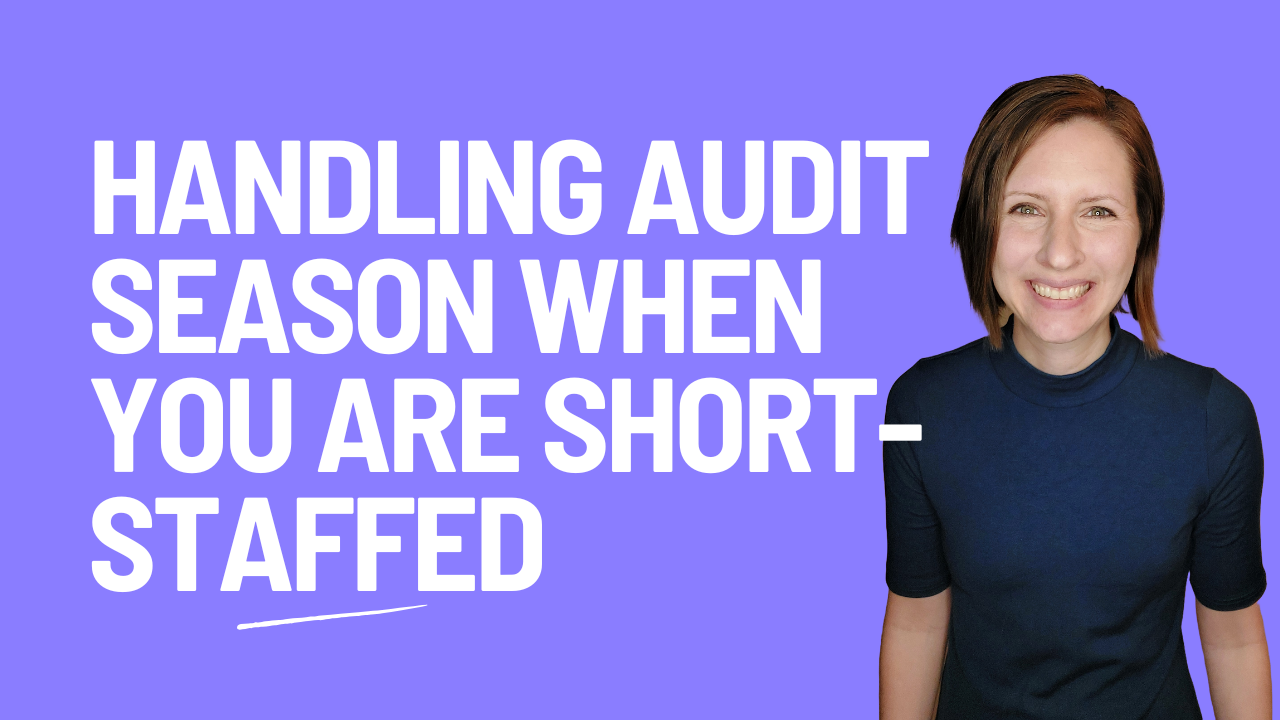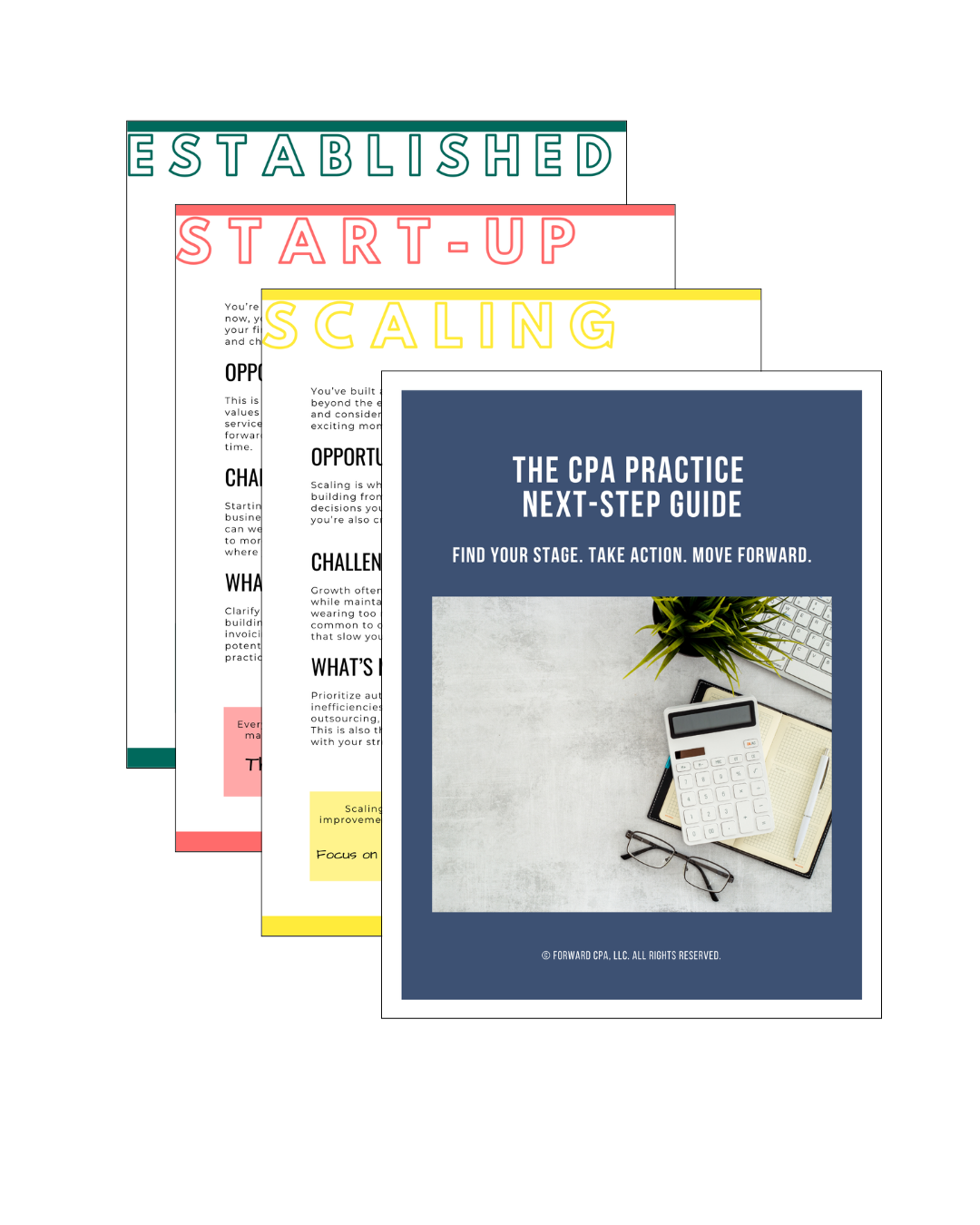What to Standardize First When You're the Only Auditor in the Firm
Jul 15, 2025
When you’re a solo CPA handling government audits, you wear every hat:
Planner. Preparer. Reviewer. Financial statement drafter. Client contact.
And as your firm grows, so does the pressure. More engagements. More deadlines. More stress.
But still just one of you.
You know you need systems. You know you need templates. But with limited time and a long to-do list, it’s hard to know where to start.
Here’s the good news: you don’t have to systematize everything at once.
The key is to start small—and start with the tasks that give you the biggest return on time, clarity, and consistency.
Let’s break down what to standardize first when you’re the only auditor in the firm.
1. Your Workpaper Folder Structure
This is low effort, high return. Every audit should follow the same folder layout so you don’t waste time hunting down files—or trying to remember where you saved that adjustment schedule.
✅ What to Include:
-
01 – Trial Balance
-
02 – Cash
-
03 – Revenues
-
04 – Disbursements
-
05 – Payroll
-
06 – Capital Assets
-
07 – Debt
-
08 – Federal Programs
-
09 – Note Disclosures
-
10 – Final Report & AJEs
Save it as a zipped folder template and use it for every engagement. You’ll shave hours off prep and review just by knowing where everything goes.
2. Bank Reconciliation and Debt Workpapers
If there’s one set of workpapers that shows up in every single audit and almost always causes review delays, it’s bank reconciliations and debt schedules.
Standardizing these helps you:
-
Delegate sooner (if/when you hire)
-
Review faster
-
Avoid mistakes and restatements
✅ Pro Tips:
-
Use consistent column headers and tie-out formatting
-
Include built-in checks that flag unreconciled balances
-
Link directly to trial balance accounts for transparency
3. Your Audit Adjustment Log
This one’s essential. Adjusting journal entries (AJEs) are one of the most reviewed, reused, and re-referenced pieces of every audit.
When you track them in different formats every year—or worse, forget the rationale—you add time, confusion, and risk.
✅ Your Log Should Include:
-
Date and description
-
Debit and credit accounts
-
Reason for the adjustment
-
Link to the related workpaper
-
Preparer and reviewer initials
This becomes the bridge between prep, review, financials, and communication with the client.
4. Your Most Common Disclosures
You probably have a few disclosures that show up in nearly every engagement:
-
Long-term debt
-
Capital assets
-
Fund balance classifications
-
Cash and investment policies
If you’re retyping them in Word every year—or copying and pasting from the prior client—you’re not just wasting time. You’re increasing the risk of formatting errors, outdated language, or missed updates.
✅ Try This:
-
Create editable templates with input fields and placeholder text
-
Keep them styled consistently so they drop cleanly into your reports
-
Add comments or notes for what needs to change annually
This sets the stage for a repeatable report-drafting process you can eventually automate.
5. Your PBC List and Client Kickoff Email
Your client communication should feel professional, consistent, and clear—even if you’re a solo shop.
Standardizing your Prepared by Client (PBC) list and kickoff email ensures:
-
Clients know exactly what to expect
-
You don’t forget key requests
-
You set the tone for a smooth engagement
✅ What to Include:
-
PBC checklist organized by audit area
-
Due dates and preferred formats
-
A short overview of the audit timeline and your process
-
Contact info and communication expectations
Send the same structure every time. You’ll be surprised how many fewer emails you have to send later.
Final Thoughts: Systems Start Small—and Save You Big
You don’t have to automate everything.
You don’t need a huge team.
And you don’t have to create the perfect process before audit season.
But if you standardize just a few core pieces—your folders, your most-used workpapers, and your client communications—you’ll start feeling the benefits right away:
✅ Less time redoing work
✅ Less mental energy spent remembering what’s next
✅ More bandwidth to grow, delegate, or take a breath
When you’re a solo auditor, consistency is capacity.
Build your first system now—and let it work for you all year long.
Your Next Step Forward
Join the newsletter designed to help CPAs take the next best step in building a practice they love, with practical insights, game-changing tools, and quick wins in every email.
We hate SPAM. We will never sell your information, for any reason.




